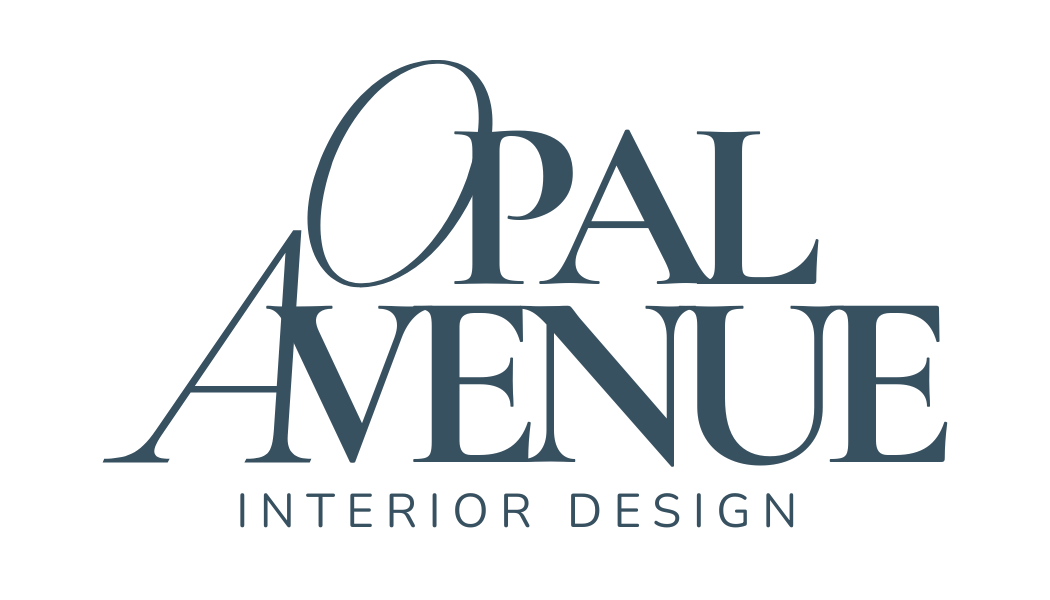Common Interior Design Mistakes to Avoid
Are you thinking of redesigning a space in your home? Or have you found yourself already spiraling on all the decisions you have to make and don’t want to make a mistake? In this blog, I’ll talk about the most common design mistakes — from inadequate planning to neglecting functionality — and how best to avoid them. Ready?
Ignoring the Power of Planning
One of the most common blunders in interior design is diving headfirst without a well-thought-out plan. Rushing into purchasing furniture, accessories, and decor can lead to a disjointed look that lacks cohesion. Yeah, I get it. Designing is insanely fun and exciting, but do take the time to define your style, set a budget, and create a comprehensive design plan before making any interior design decisions. This blueprint will serve as your guiding light, ensuring every piece you bring into your space aligns harmoniously with your vision.
Not Enough Lighting
When there isn’t a substantial amount of lighting in a space, there’s so much that can go wrong. I know this may seem obvious to some, but you’d be surprised, as designers, at how many spaces we walk into where there isn’t enough lighting or there’s the wrong lighting. You want the lighting to feel inviting and suitable for the space. In other words, for example, in kitchens, you’re measuring ingredients, applying heat to foods, and using kitchen gadgets and knives, which would quickly become an unsafe environment if your lighting situation was subpar. With that being said, though, there are also many homes and spaces that incorporate too much lighting (ahem, recessed) for the functionality of the room. But that’s a whole different blog post.
So, as you can see, there must be a happy medium when it comes to lighting that is often an afterthought. Bottom line: consider how you want the room to function and assess from there.
Your Curtains are the Incorrect Length
A designer gem to make a room appear larger than it is? Your curtain rod should sit as close to the ceiling as it can, just below any moldings. By doing so, it elongates the wall and gives the illusion that your ceilings are taller, in turn creating a feeling of expansion. The money you spend on your curtains will boost up a bit, but so will your spirit once you see the difference it makes! Ideally, your curtains should juuuuust dust your flooring.
The Wrong Size Area Rug
When it comes to rugs, generally speaking, buy one larger than you think you’ll need. Too often, I see teeny area rugs floating in the middle of a room, lost at sea, detached from the other furniture pieces in the design. What I mean by that is, ideally, you want all your furniture legs sitting on top of your area rug. If you can’t swing that, at the very least, have the front two legs on each item of furniture sitting on the rug. Area rugs serve as an anchor in a design. They create boundaries and spatial grounds; hence, "area rugs". They fuse together the sofa, coffee table, side tables, etc. by being that bridge over the gap. Having a properly sized area rug brings order to a space that would otherwise come off as chaotic, uneasy, and cold. Because of this, it is extra important to have the correct size area rug for your particular space, as it’s not fun to have the feeling of being ‘incomplete’ in your own home.
Going Overboard with Trends
While staying up-to-date with design trends is tempting, chasing fleeting fads can quickly lead to a space that feels dated. Rather than adopting every trendy item you come across, focus on integrating classic pieces and elements that will stand the test of time. Use trendy items as accents that can be easily swapped out when you're ready for a refresh. Your home should reflect your personal style more than it does the latest trends.
Neglecting Functionality for Aesthetics
Designing a visually pleasing space is crucial, but never at the expense of functionality. Your home should not only look good but also support your daily activities. Consider how you use each room and select furniture and layouts that align with your lifestyle. A beautiful sofa isn't much use if it's not comfortable to sit on, and an Instagram-worthy kitchen loses its appeal if it's not practical for cooking and meal prep.
Purchasing Most or All Items from the Same Vendor
Purchasing items all from the same store will result in a lack of personality, which causes the space to feel incredibly flat and monotonous. You want to shop around at a variety of outlets and stores. This opens you up to a much more curated and custom look for your space. As always, be sure that whatever items you're purchasing are in line with your style. And don’t be shy about what you like and don’t like, either. Choose things you truly love. Not just kind-of love.
By using this blog as a guideline, you'll set yourself up for success and enjoy the process of crafting a home that's not only aesthetically pleasing but also comfortable, functional, and uniquely you. If you’re near the Scottsdale, AZ, area and are looking for assistance with avoiding costly mistakes on your interior design project, contact me via my “INQUIRE” button. I look forward to speaking with you!
